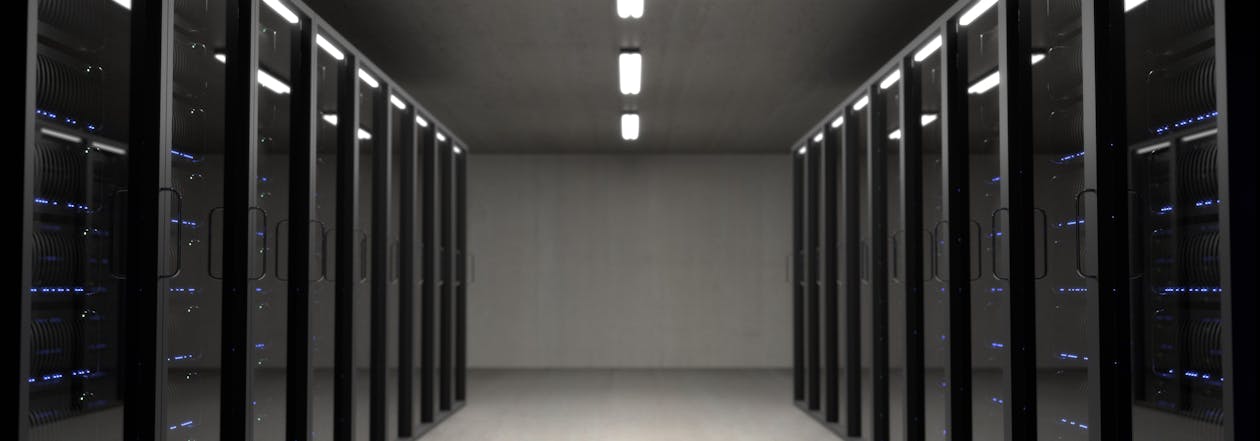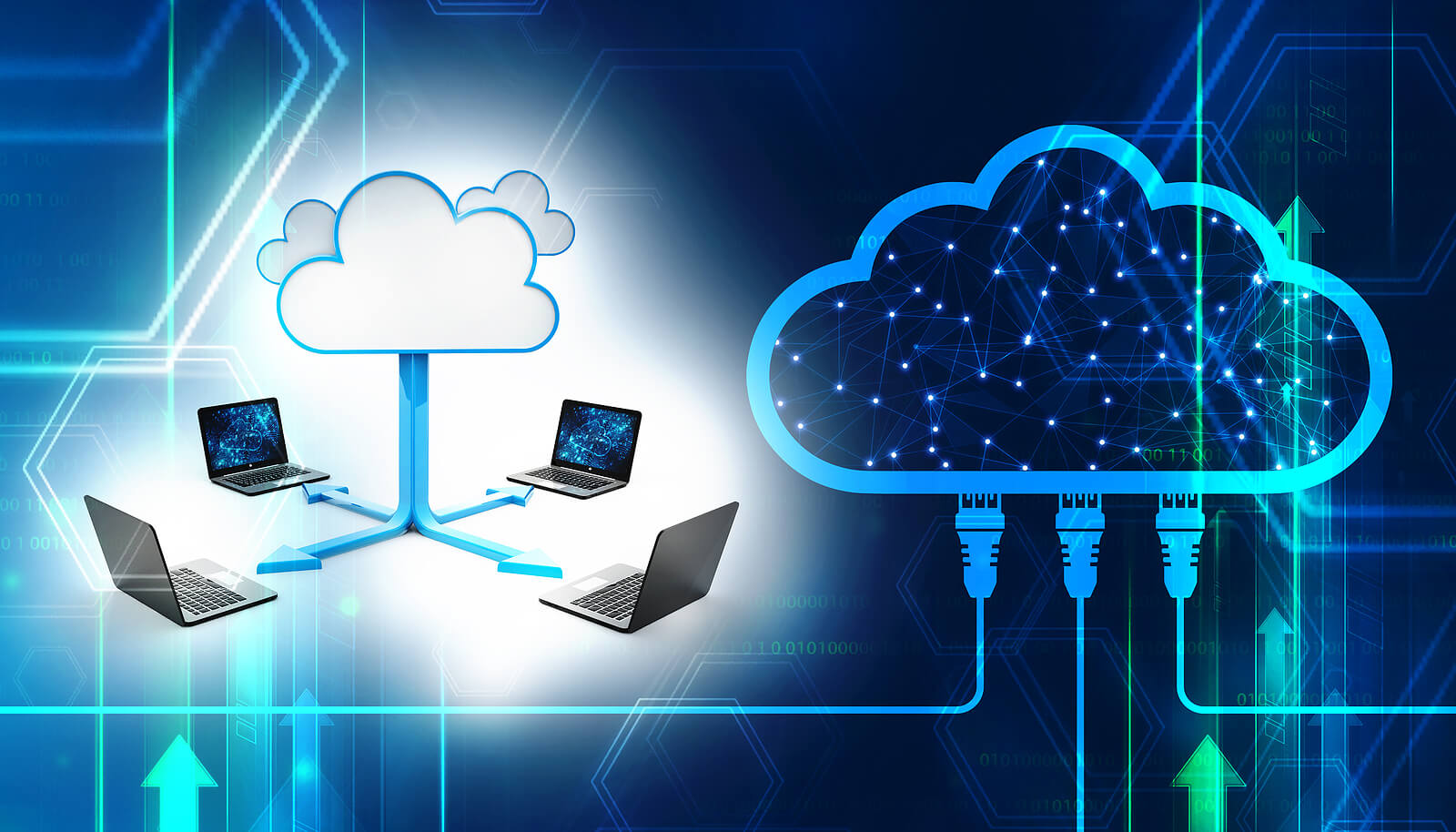The Rise of Edge Computing: Transforming Modern IT Infrastructure
Understanding Edge Computing
Edge computing is revolutionizing how data is processed and delivered. By bringing computation closer to data sources, organizations can achieve faster response times, reduced latency, and improved efficiency. This guide explores the key aspects of edge computing and its impact on modern technology.

Edge Computing Fundamentals

Real-Time Processing
- Instant data analysis and decision-making
- Support for time-sensitive applications
- Enhanced user experience
- Improved operational efficiency

Bandwidth Optimization
- Reduced latency and faster response times
- Lower bandwidth usage and costs
- Enhanced data privacy and security
- Improved reliability and resilience

Enhanced Security
- Data privacy
- Reduced attack surface
- Compliance benefits

Cost Efficiency
- Reduced cloud computing costs
- Optimized bandwidth usage
- Lower infrastructure requirements
- Better resource utilization
Business Benefits
Improved Performance
Faster response times and better user experience.
Cost Efficiency
Reduced bandwidth costs and optimized resource usage.
Scalability
Easier scaling of distributed applications.
Implementation Challenges
Infrastructure Complexity
Managing distributed edge infrastructure.
Security Concerns
Securing edge devices and data.
Integration Issues
Connecting edge and cloud systems.
The Future of Edge Computing
As IoT and 5G technologies continue to evolve, edge computing will play an increasingly vital role in modern technology infrastructure. Organizations that embrace edge computing will gain significant competitive advantages.
Ready to Embrace Edge Computing?
Contact our infrastructure experts to discuss how edge computing can transform your business.
Get Started